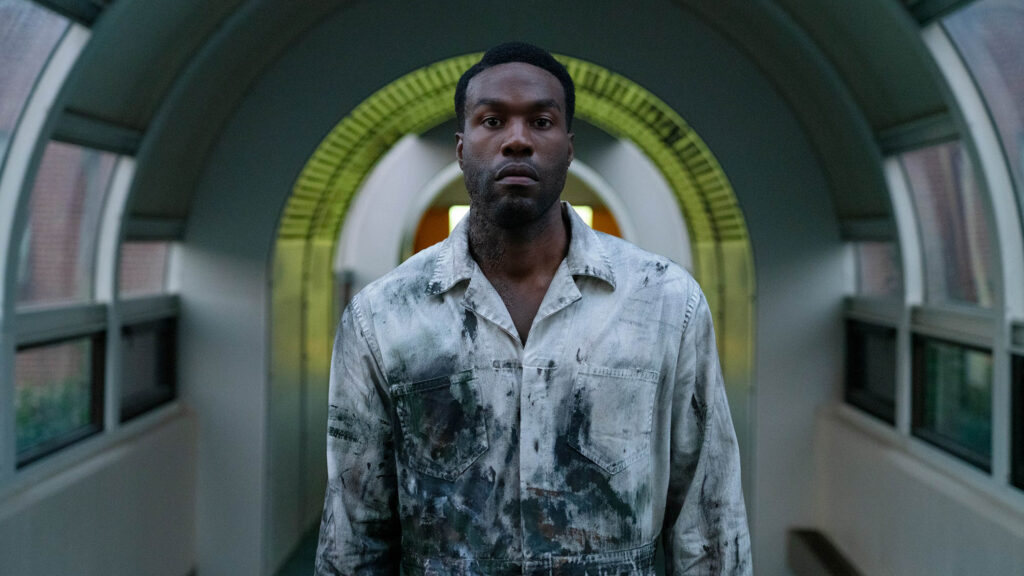It’s the first time a female Black director has had a #1 film. And even better, it’s for a risk-taking film. Producers take note.
The end of August is known for its box-office doldrums, exhibition continues to face a dark time — and Nia DaCosta’s “Candyman” scored an estimated $22,370,00 in its initial domestic weekend, beating the lowball projection of $15 million by nearly 50 percent.

That success testifies to the enduring appeal of the 1992 horror film, but it’s not the only good news: The #2 film, “Free Guy” (Disney), dropped only 27 percent in its third weekend.
All told, the weekend grossed $63 million. That’s about the same as last week and it represents 58 percent of the same weekend in 2019. Our ongoing comparative four-week rolling average increased slightly, to 56 percent of the same 2019 period. That’s the highest number since mid-July.
Here are a couple of standout comparisons for “Candyman.” Two years ago, “Angel Has Fallen,” the third film in Lionsgate’s action franchise, opened the same weekend to $21 million. At that time, it was considered an excellent result for the date. Two weeks ago, “Don’t Breathe 2” opened to $10.6 million. That number informed the lowball guesses for “Candyman,” but those didn’t consider several notable factors.
First is the intensity of interest. The original film, which was based on a short story by Clive Barker, centered on an urban legend about the ghost of a murdered son of a slave who reappears and goes on a murderous rampage. The new version, unlike 1992’s, has a Black creative team that includes writing and producing roles for Jordan Peele.
Universal believed it would attract Black viewers with the pedigree of “Get Out” and “Us,” and it did. However, the appeal was more diverse: Per the studio’s audience survey, 37 percent of the audience was Black, white was 30 percent, Latinos 22 percent, and Asians 5 percent. That spread was key to
First is the intensity of interest. The original film, which was based on a short story by Clive Barker, centered on an urban legend about the ghost of a murdered son of a slave who reappears and goes on a murderous rampage. The new version, unlike 1992’s, has a Black creative team that includes writing and producing roles for Jordan Peele.
Universal believed it would attract Black viewers with the pedigree of “Get Out” and “Us,” and it did. However, the appeal was more diverse: Per the studio’s audience survey, 37 percent of the audience was Black, white was 30 percent, Latinos 22 percent, and Asians 5 percent. That spread was key to